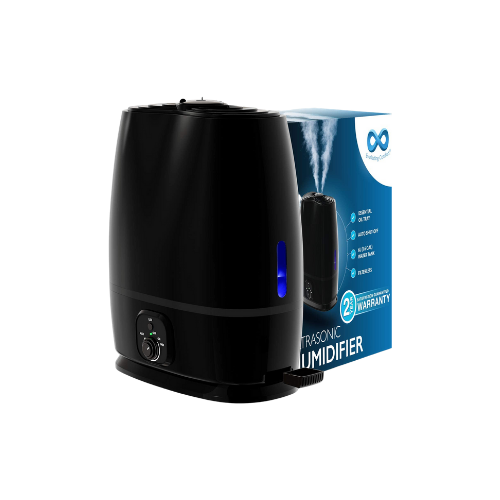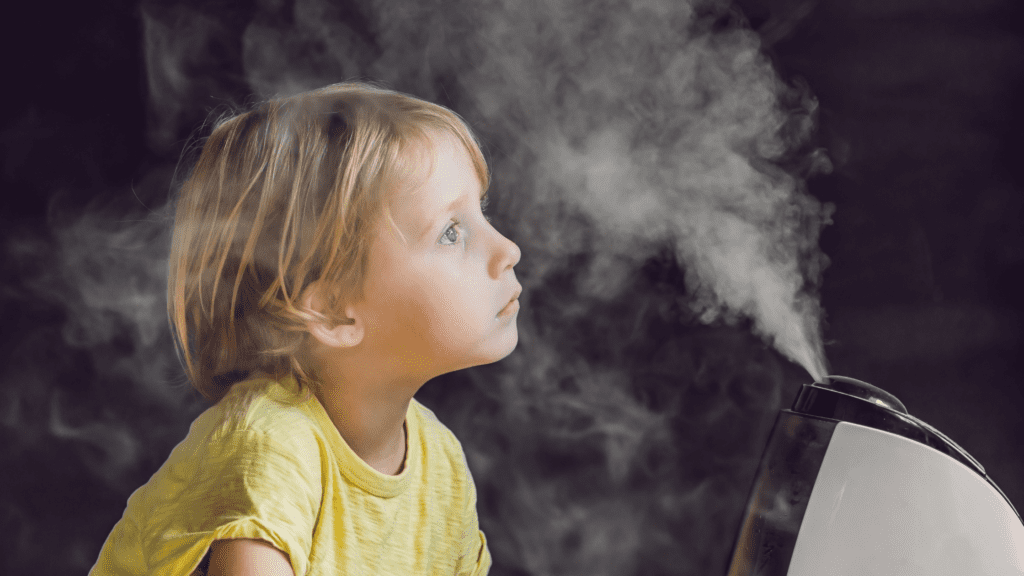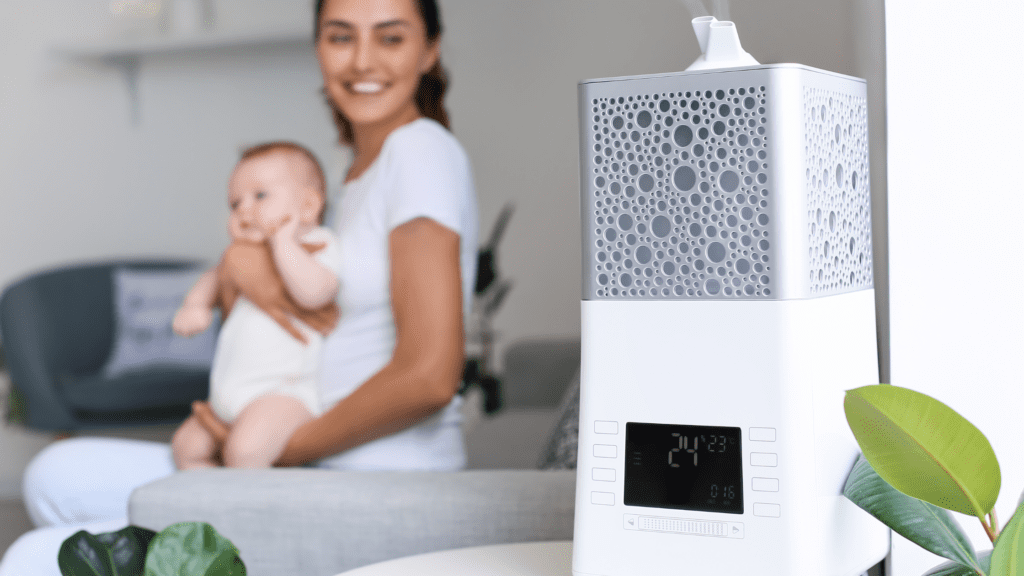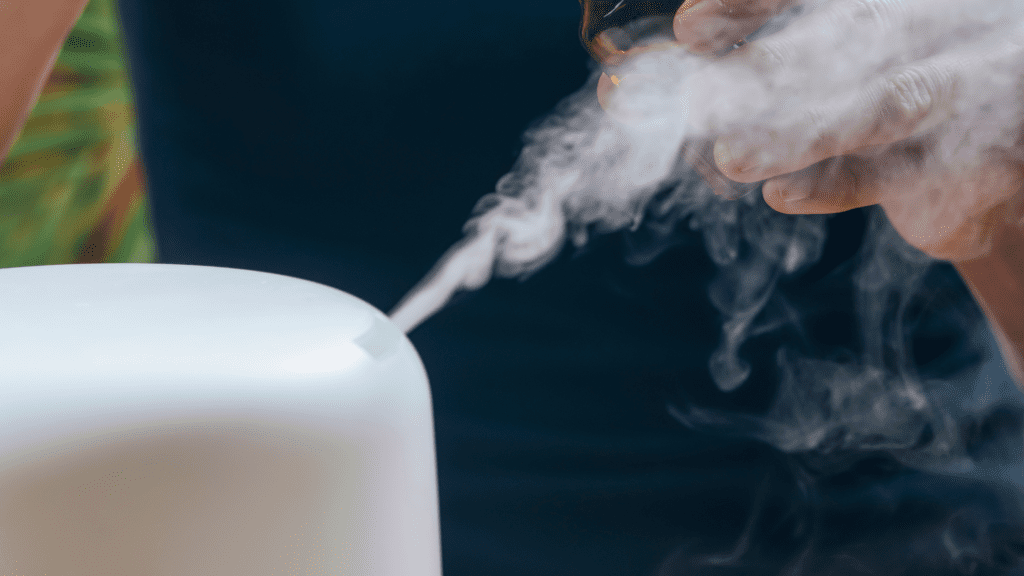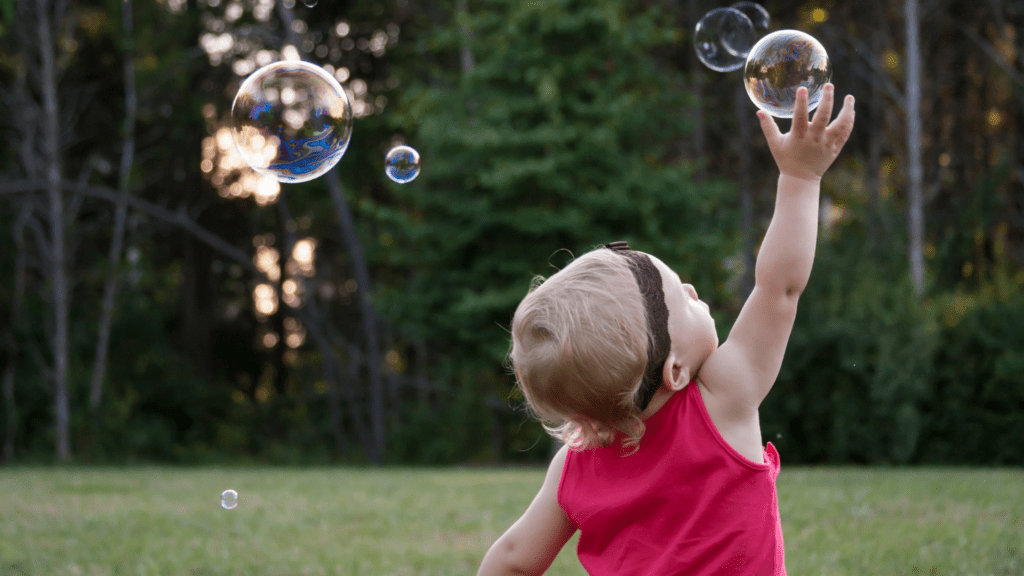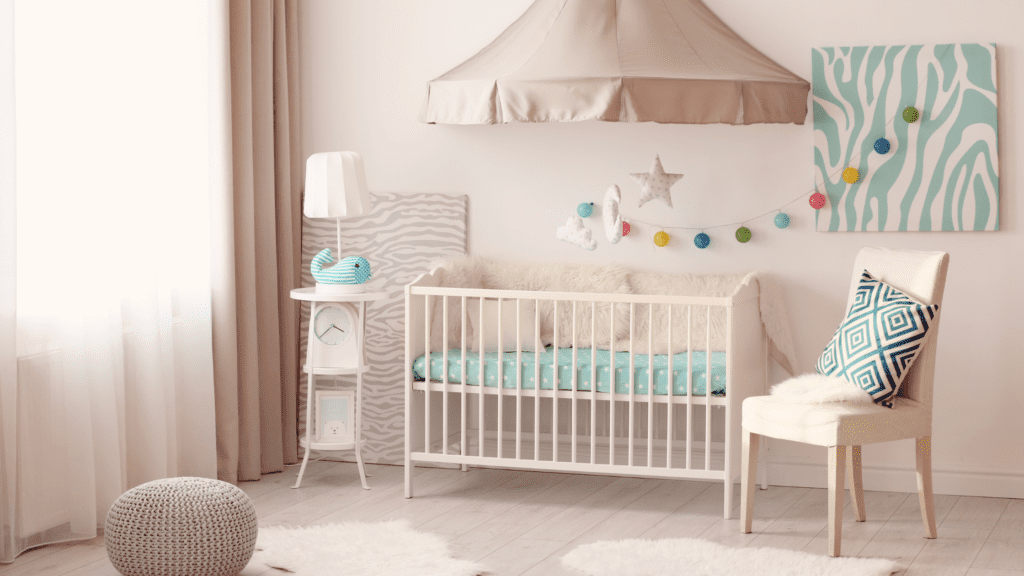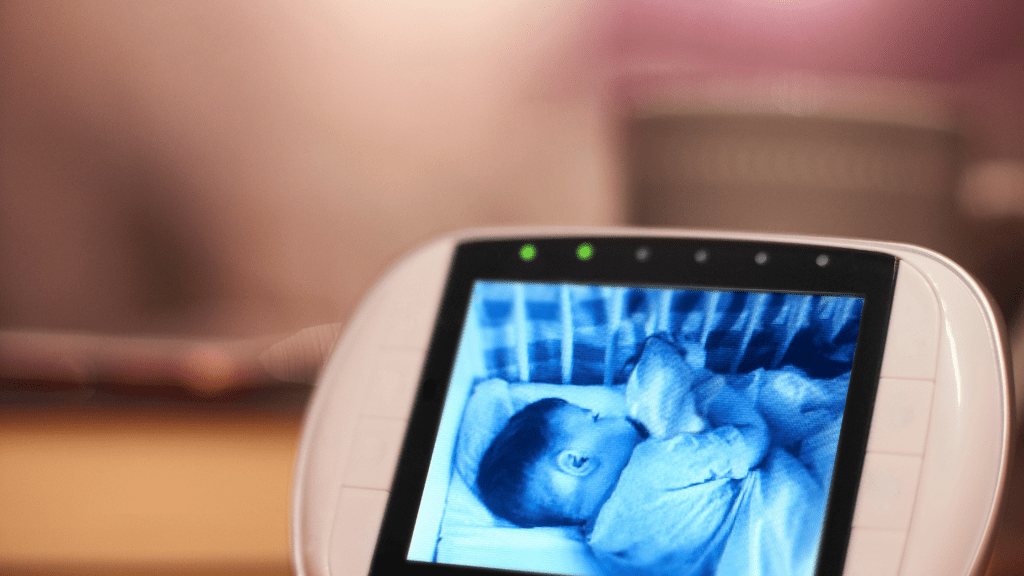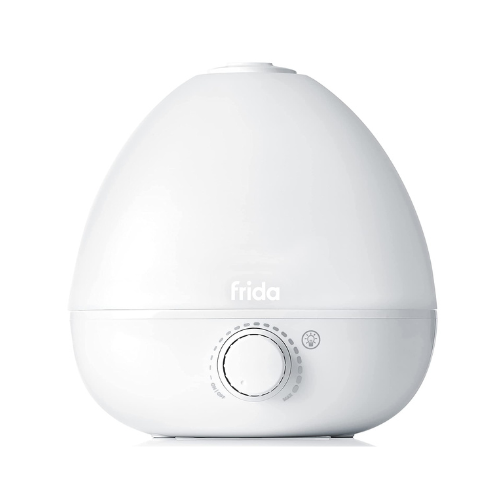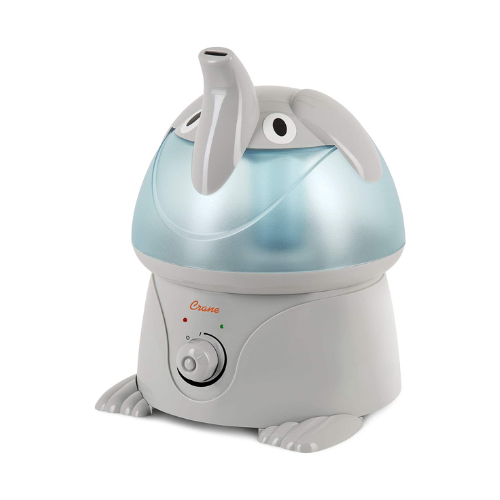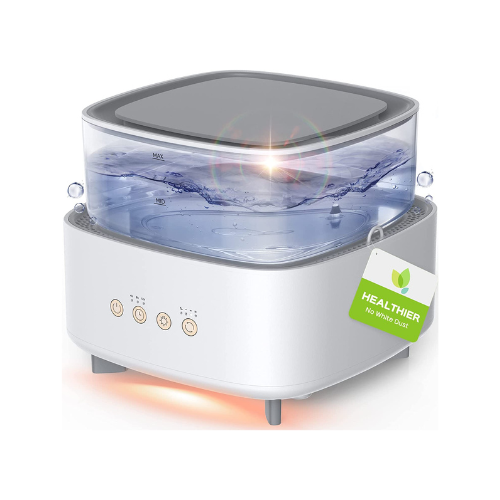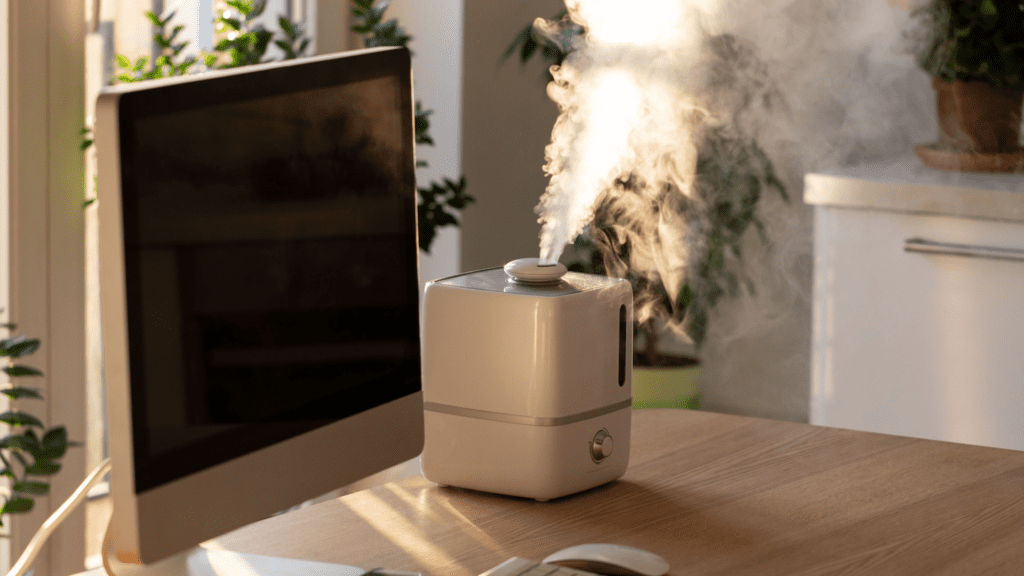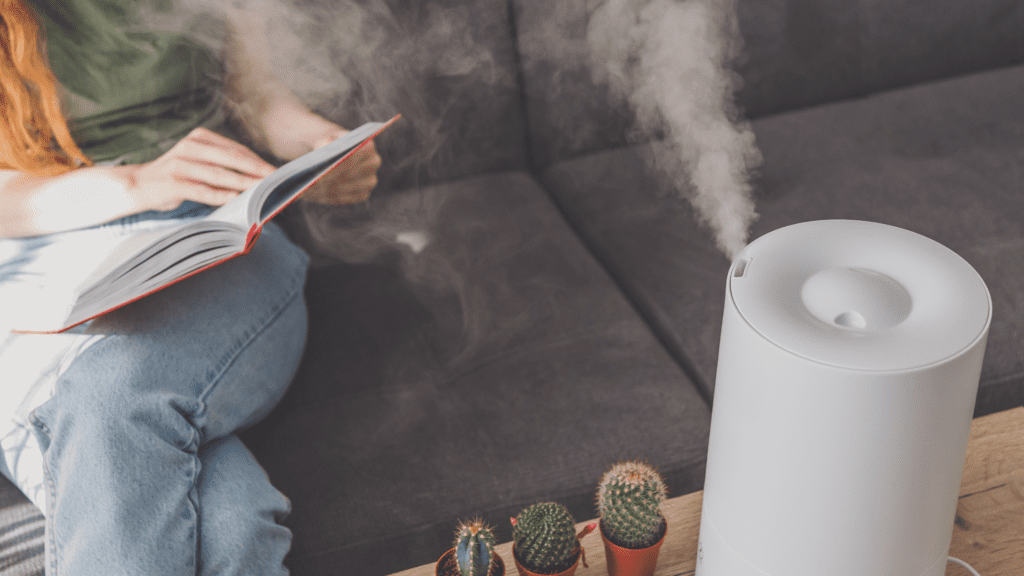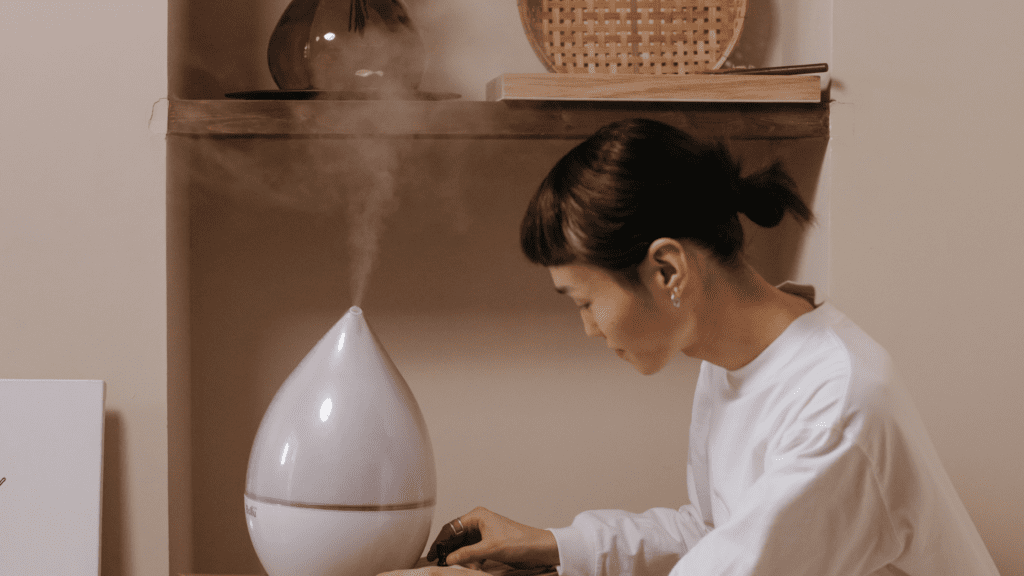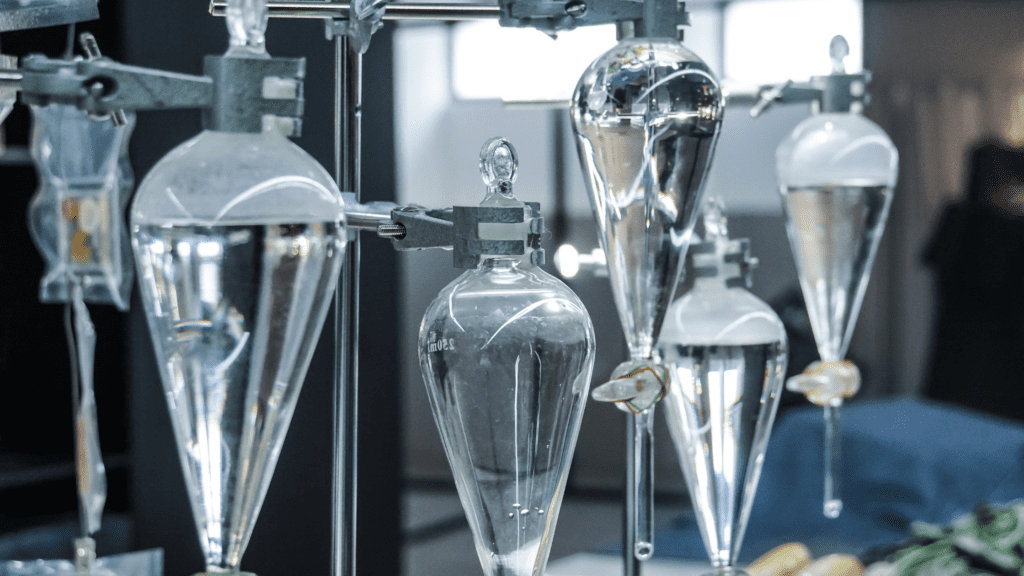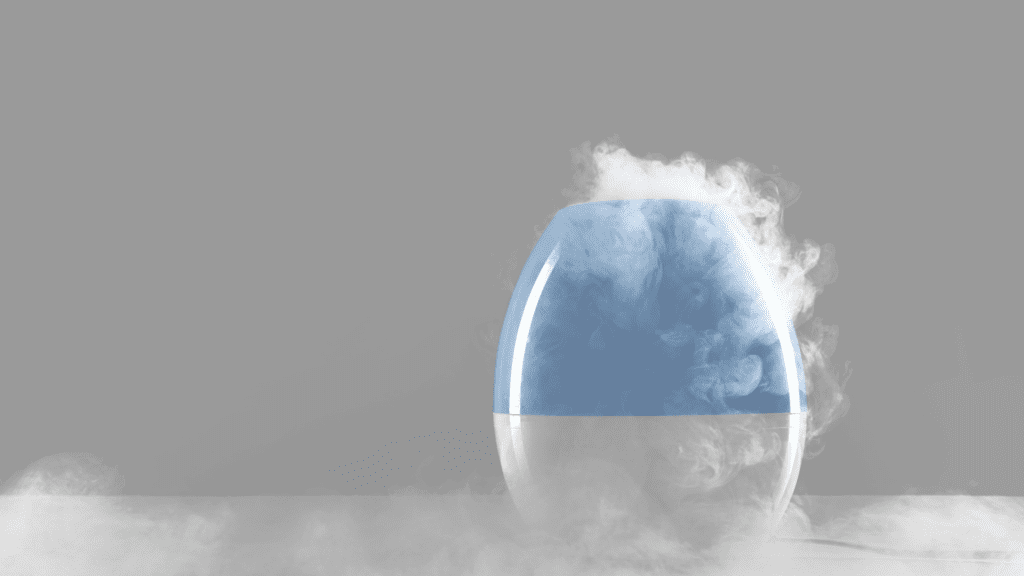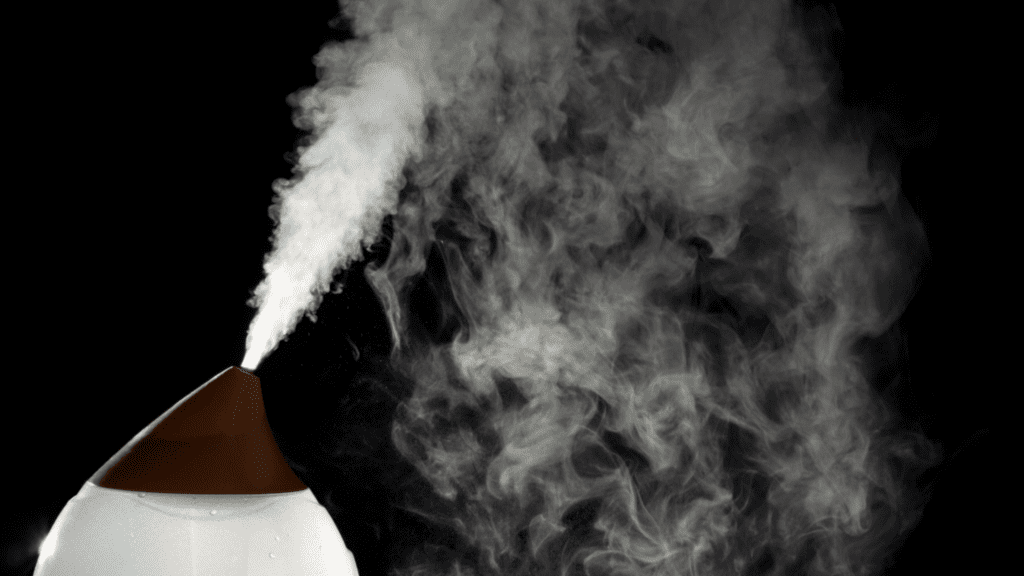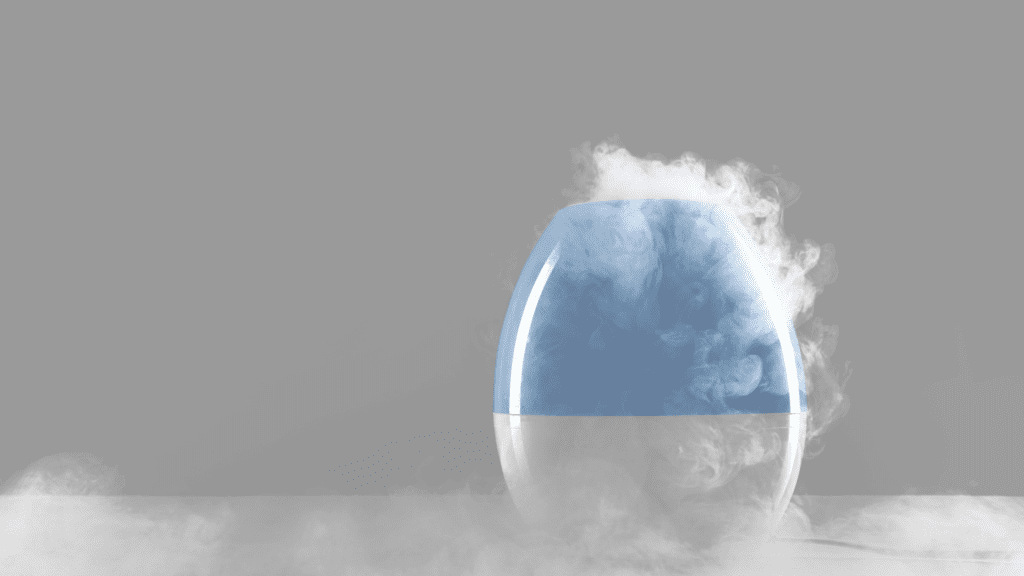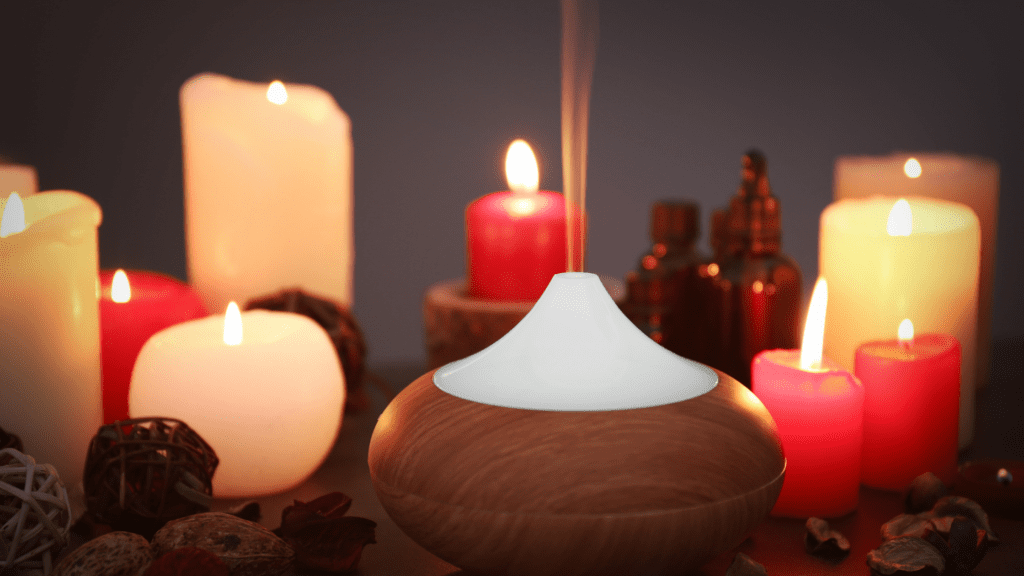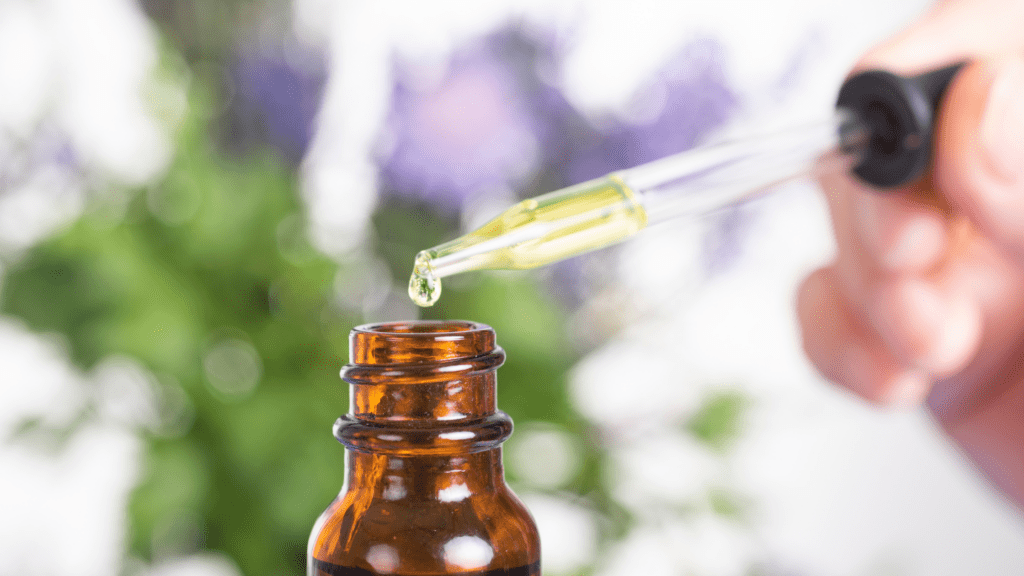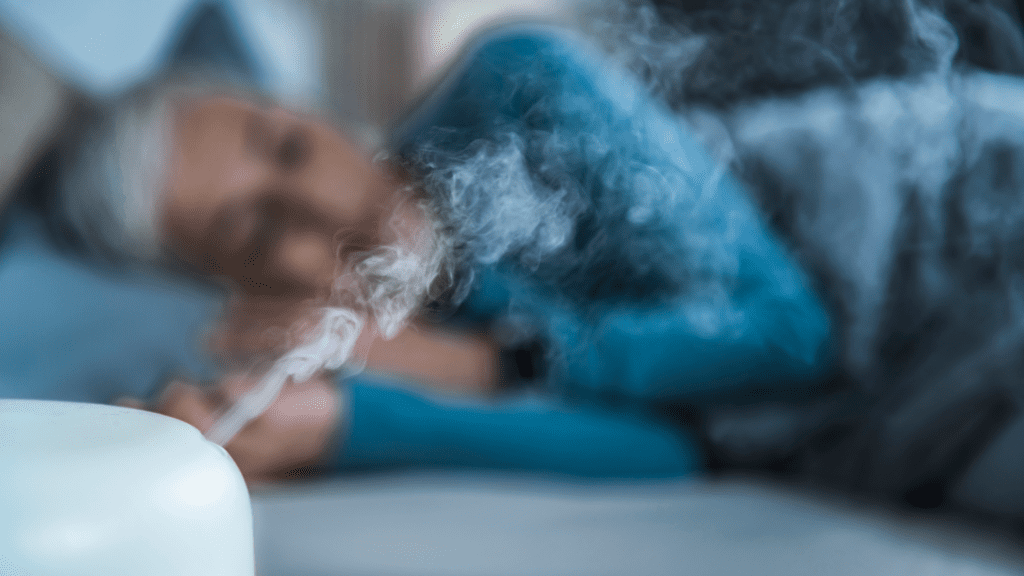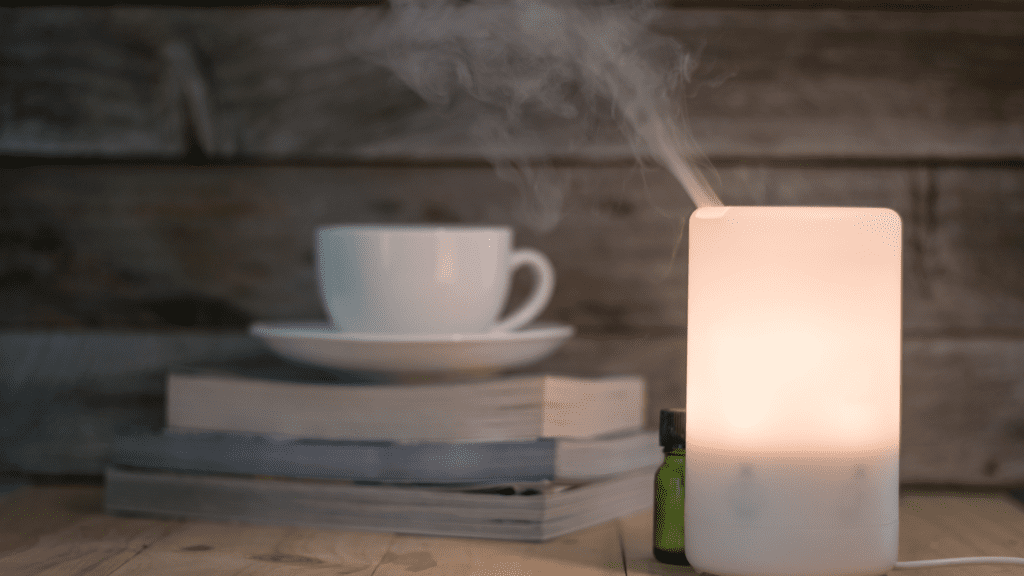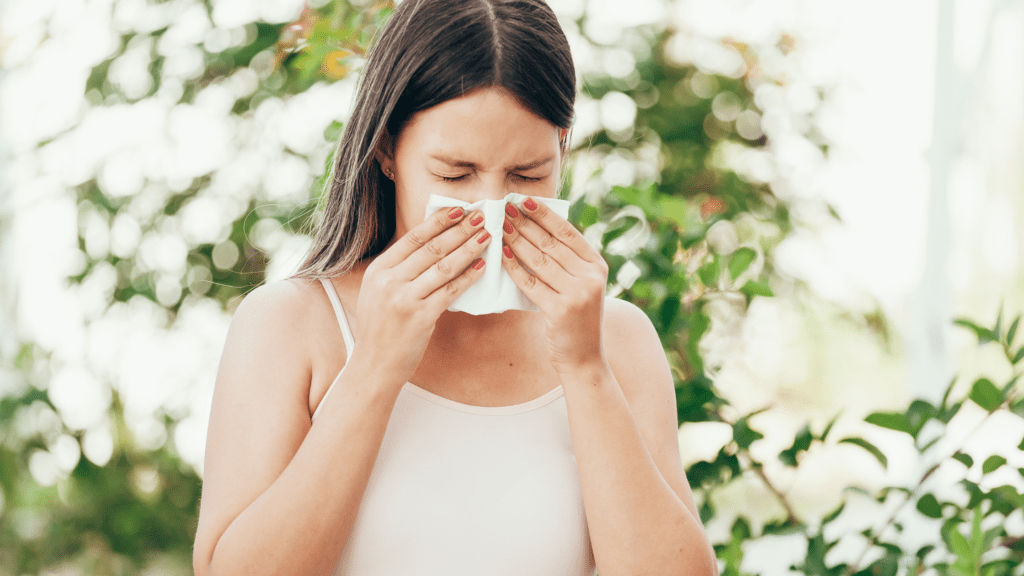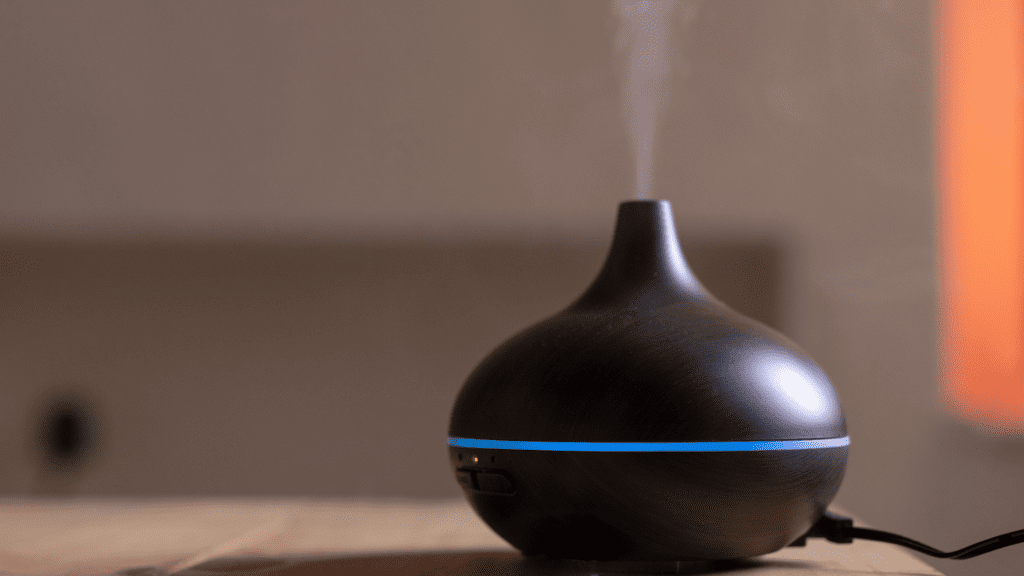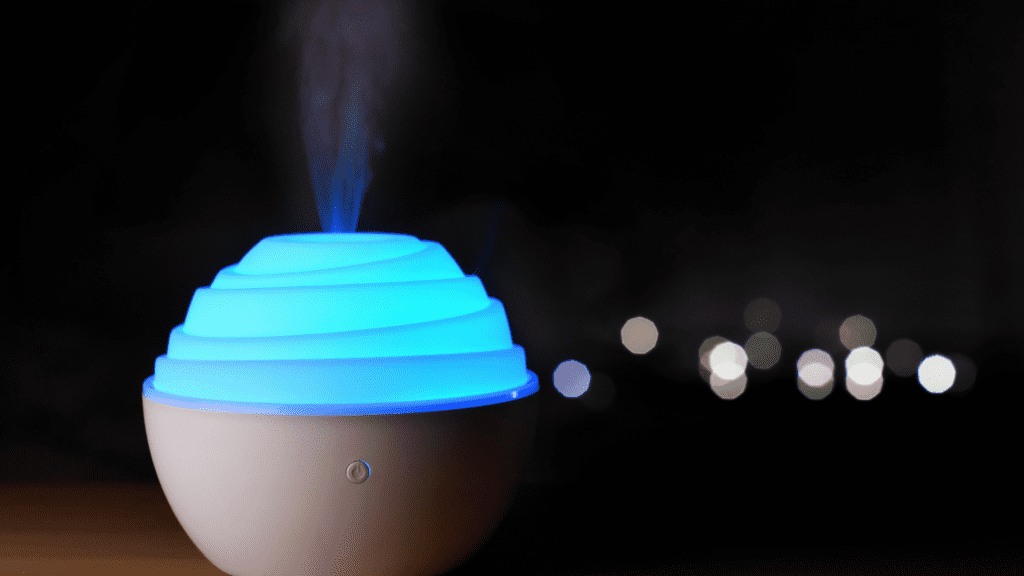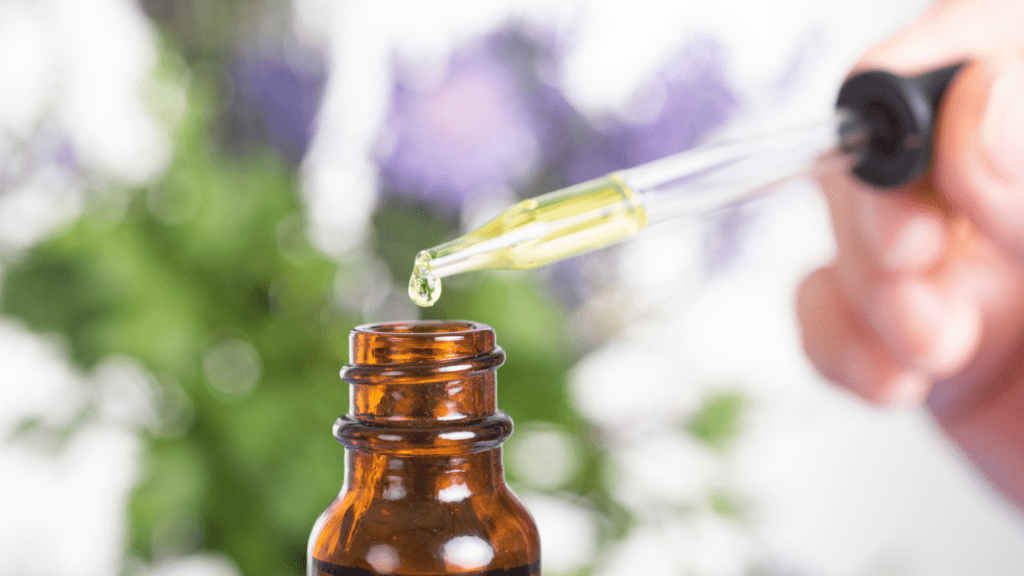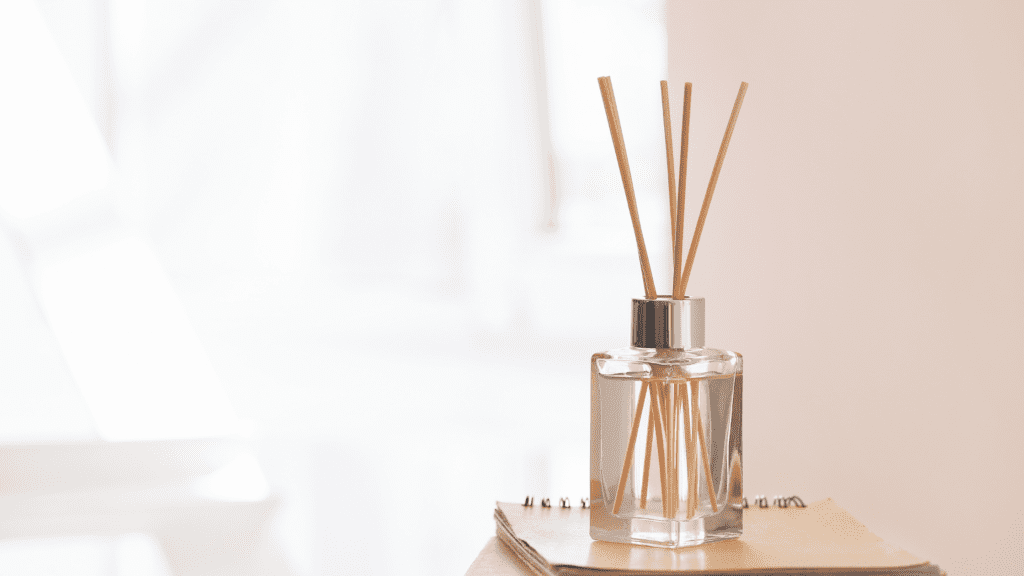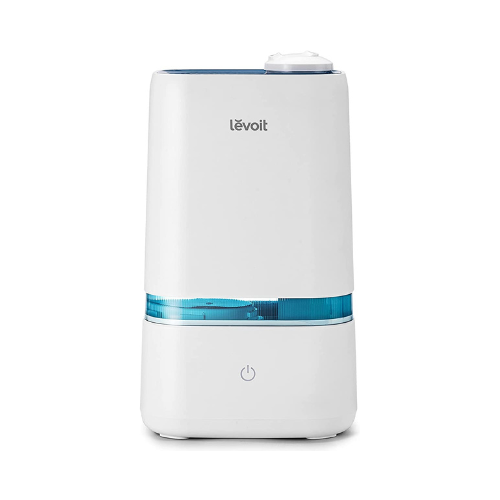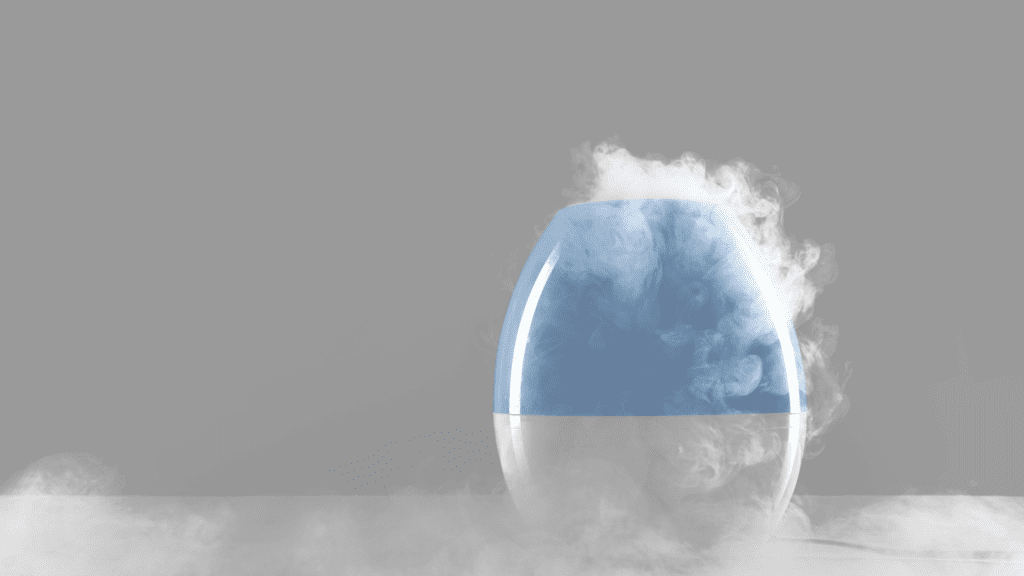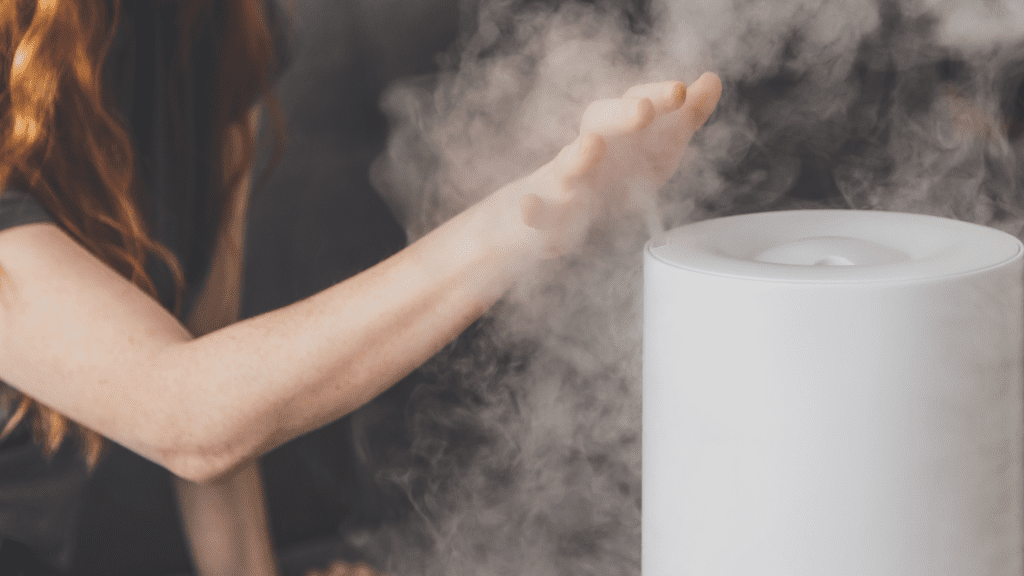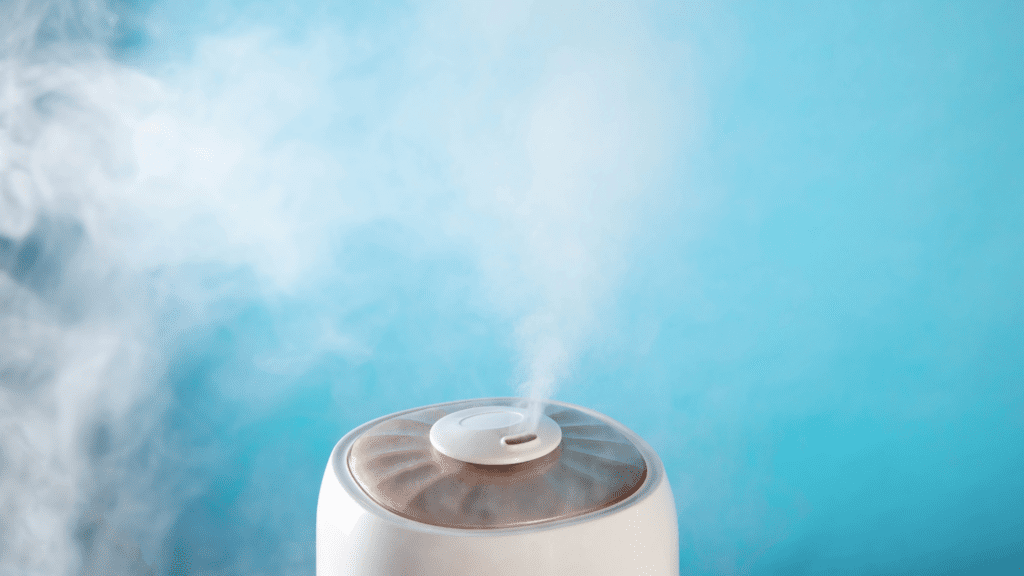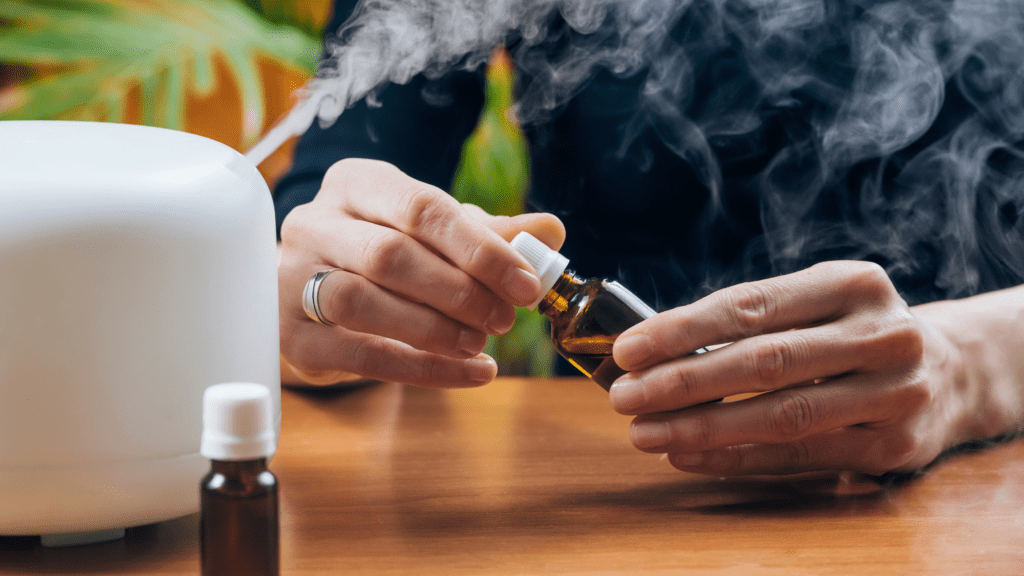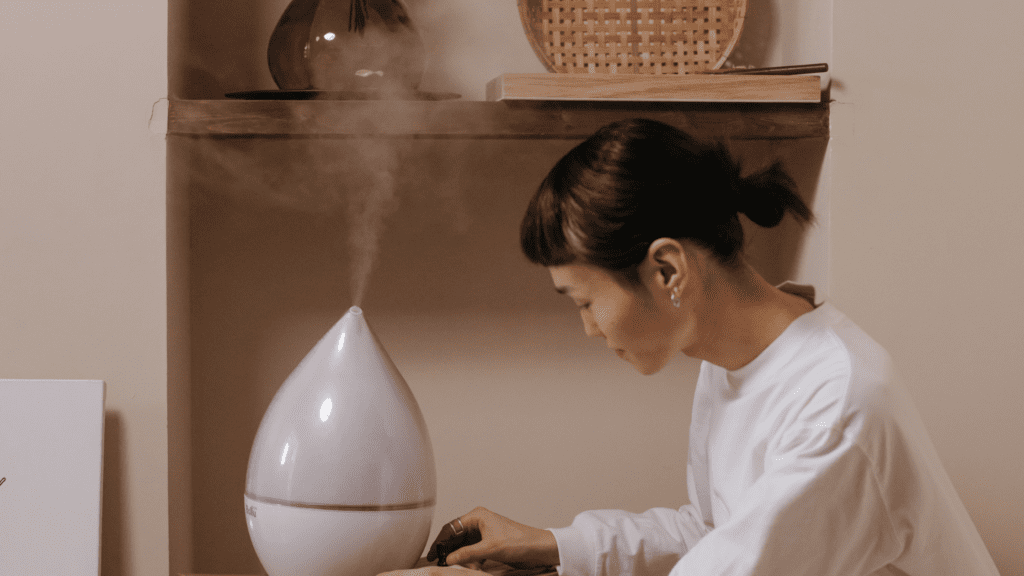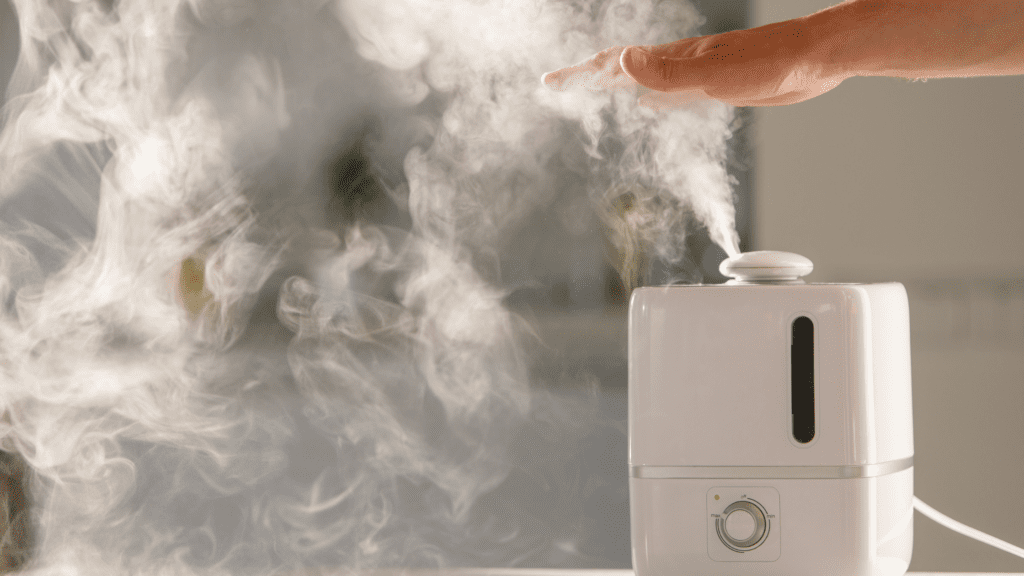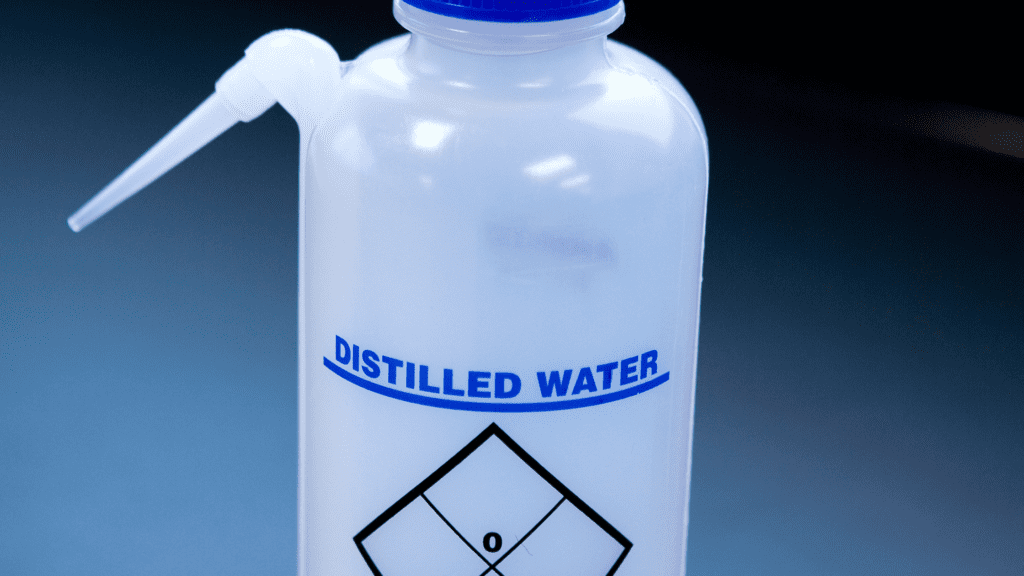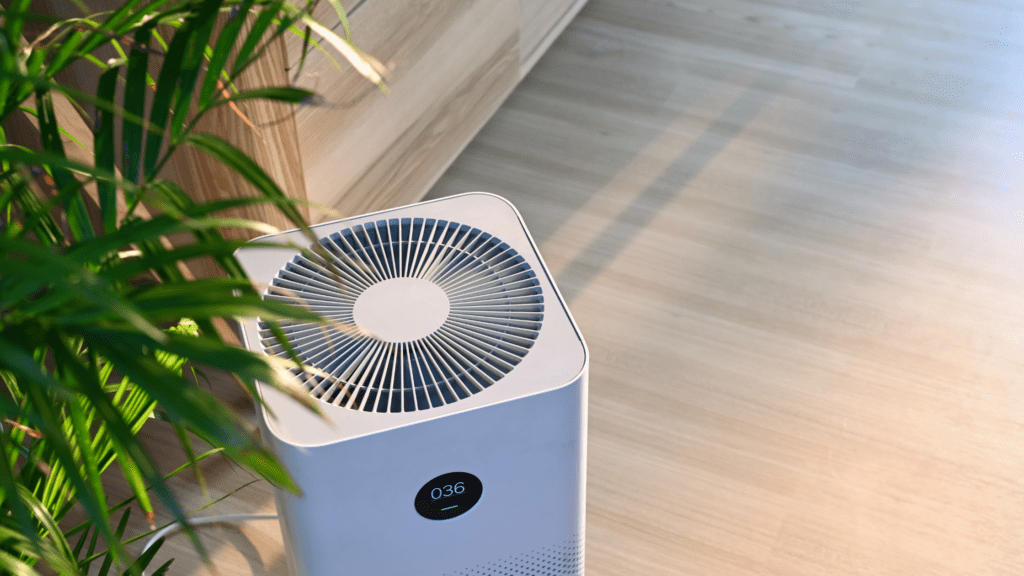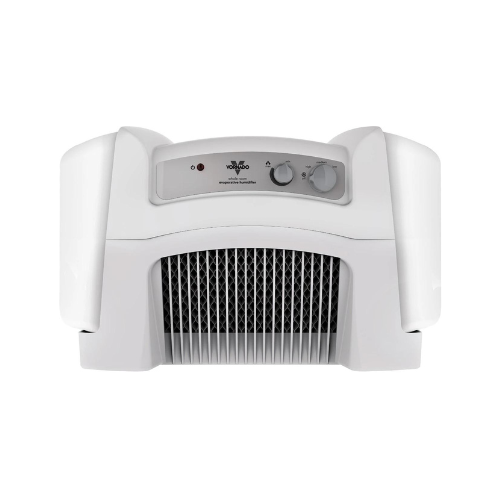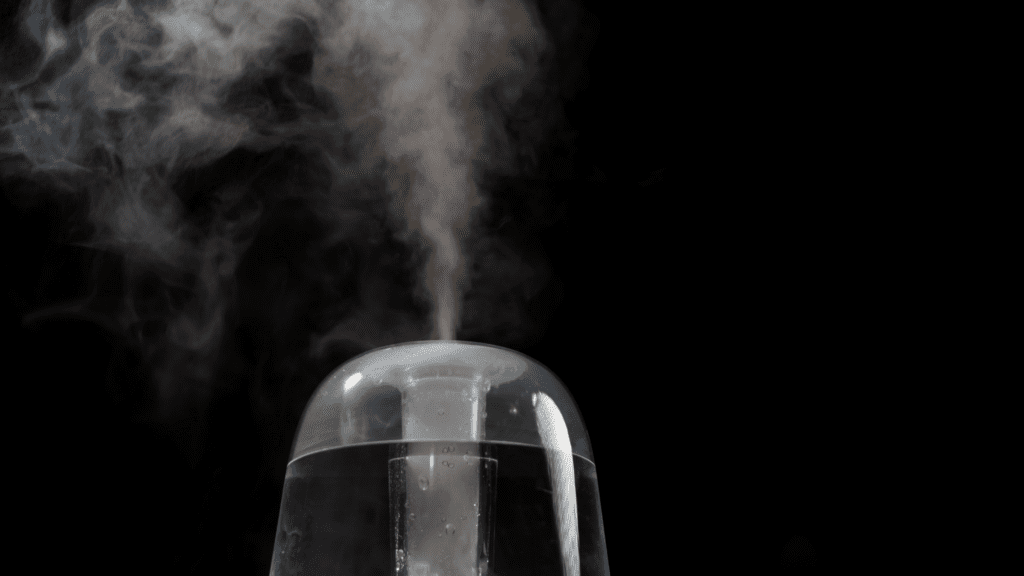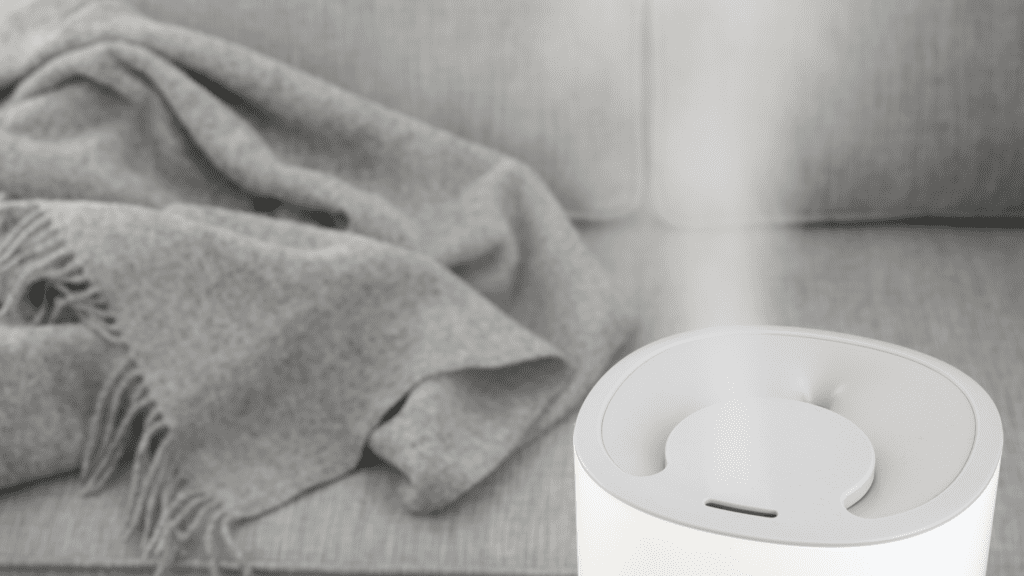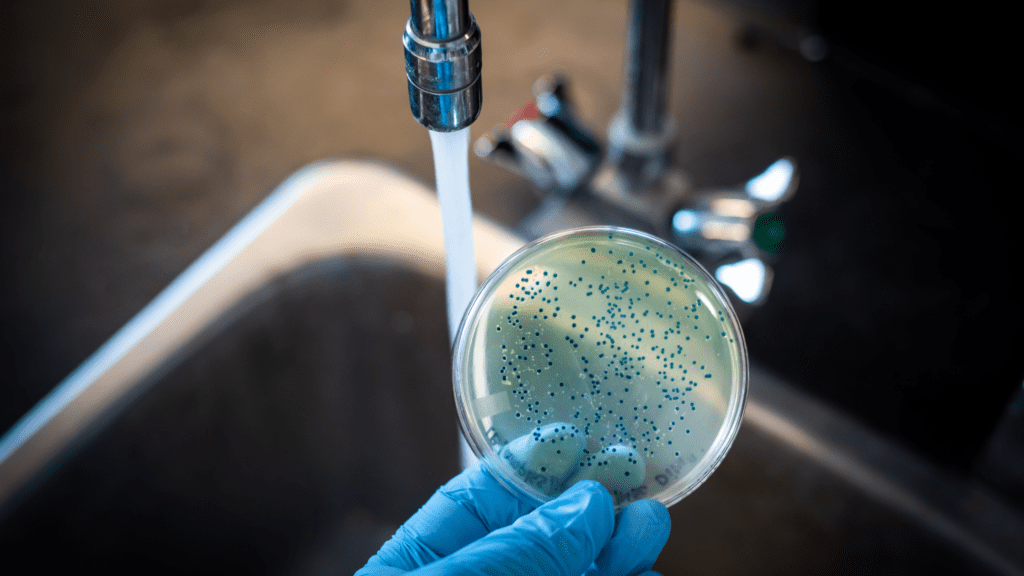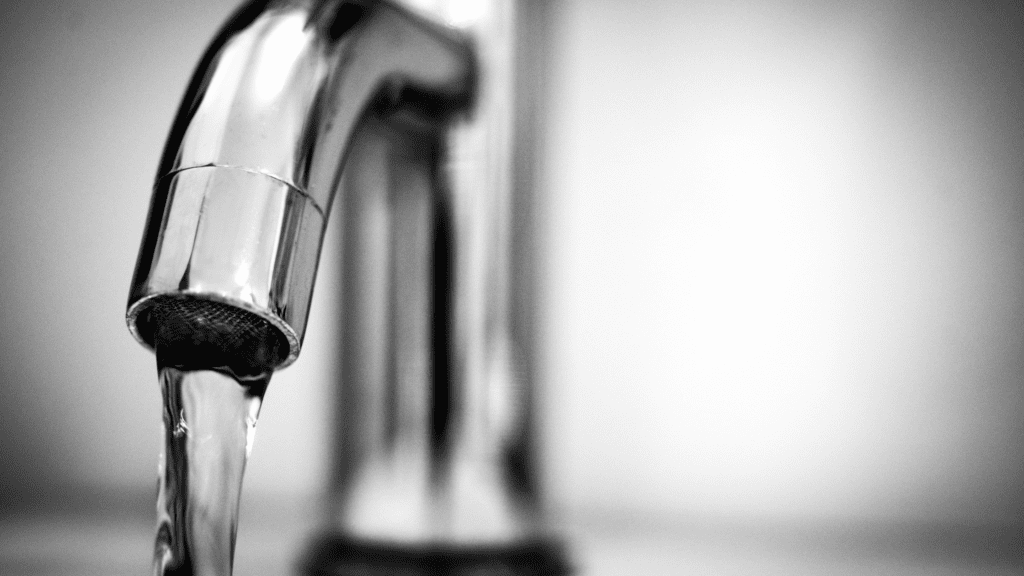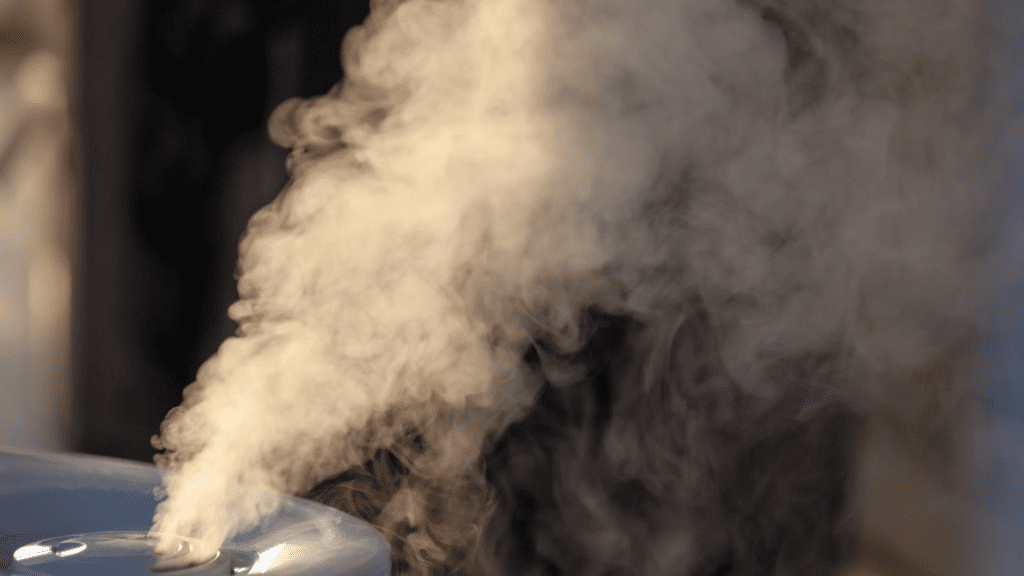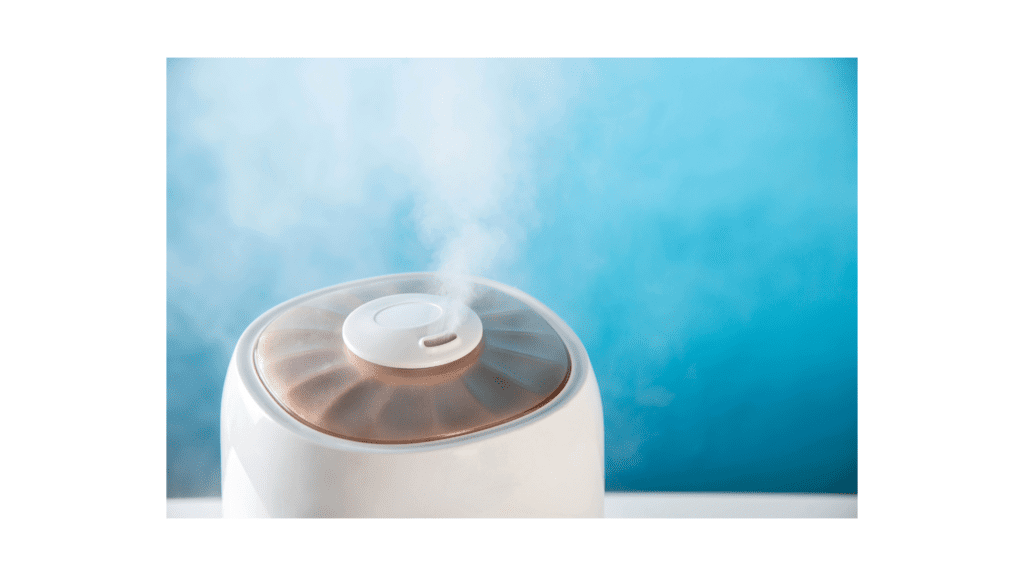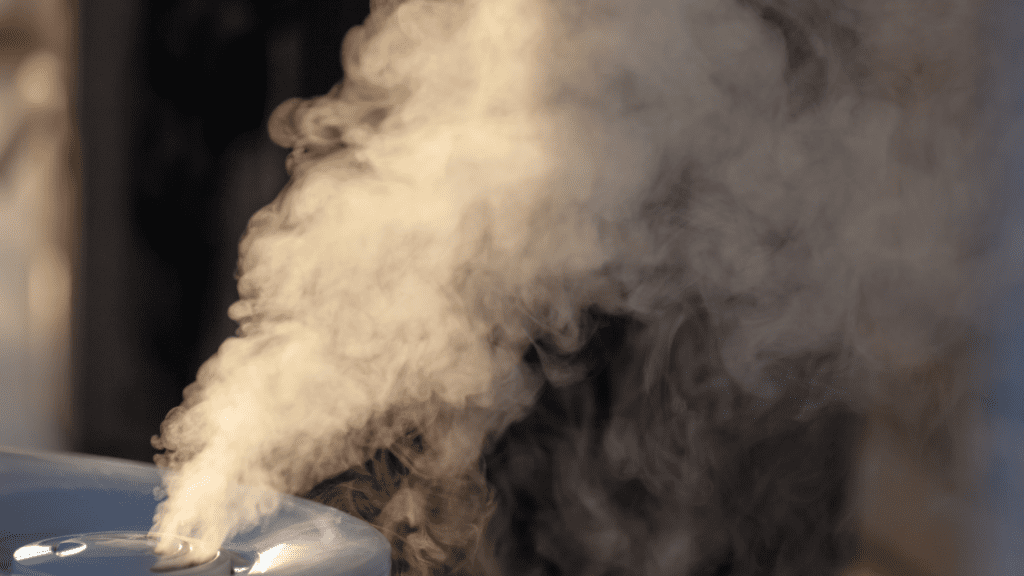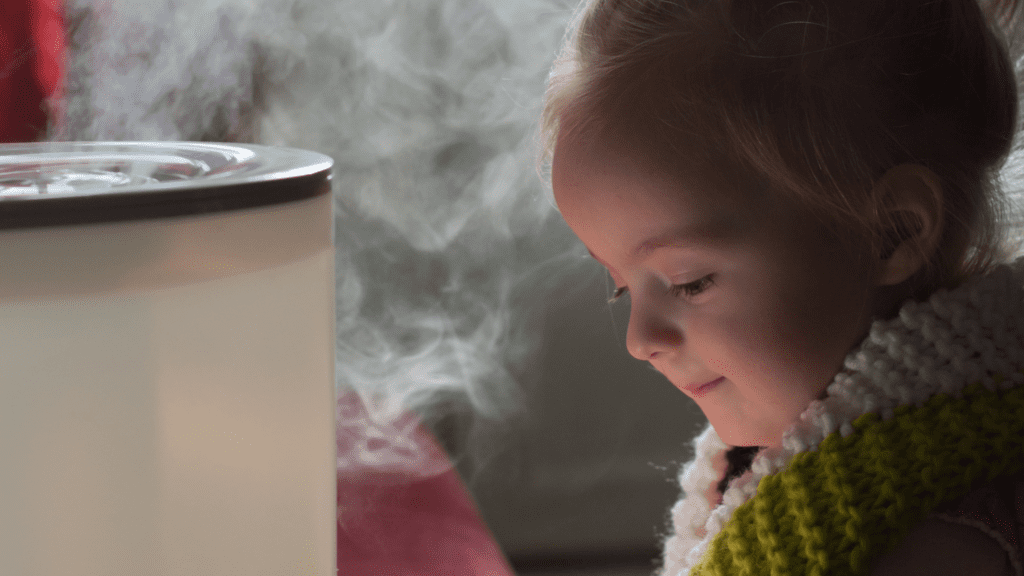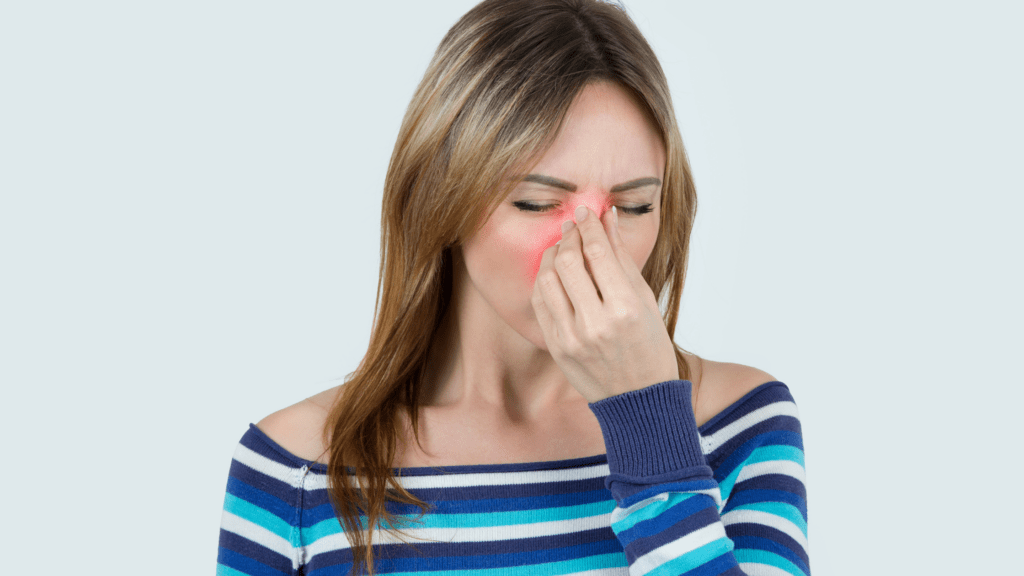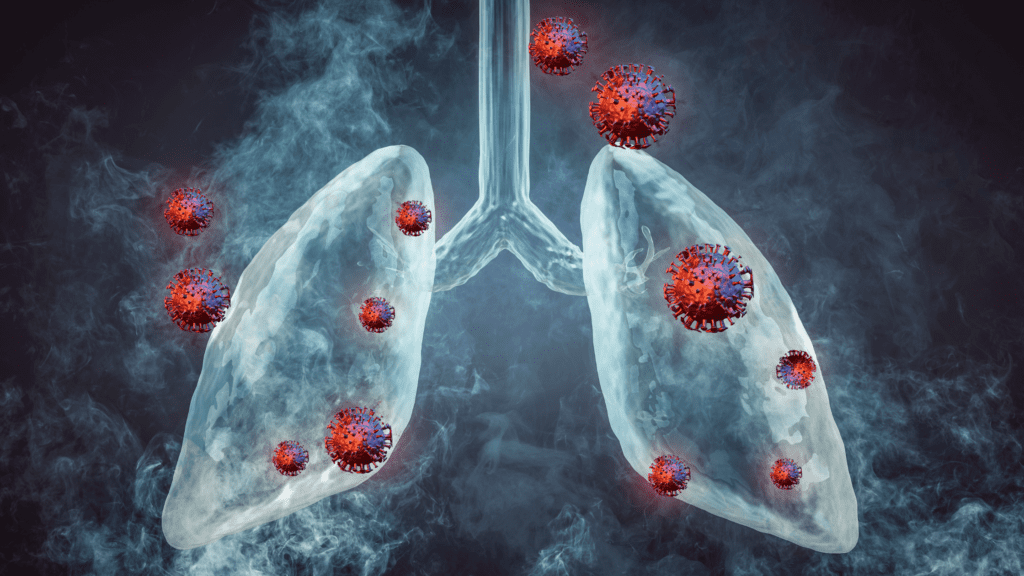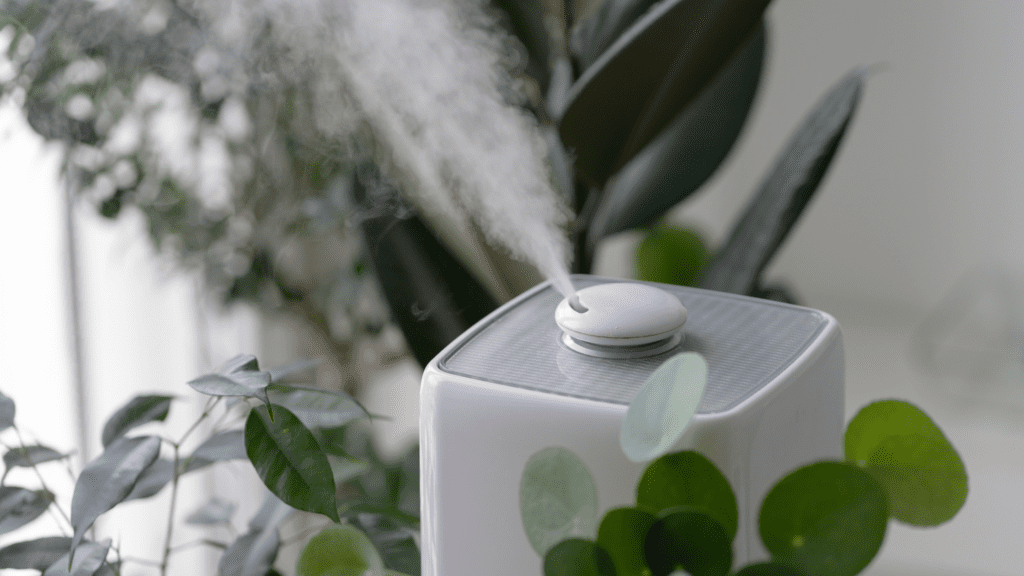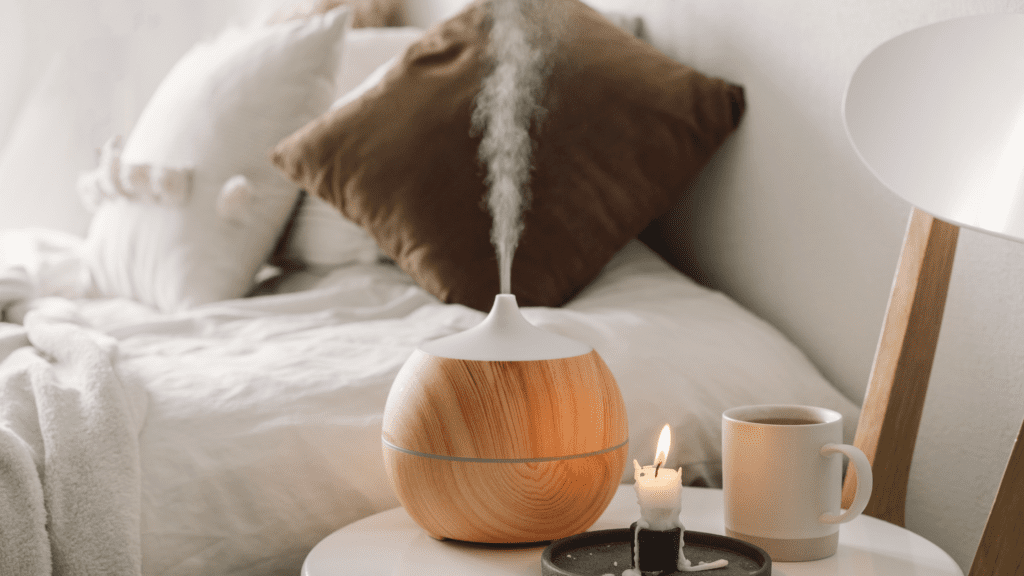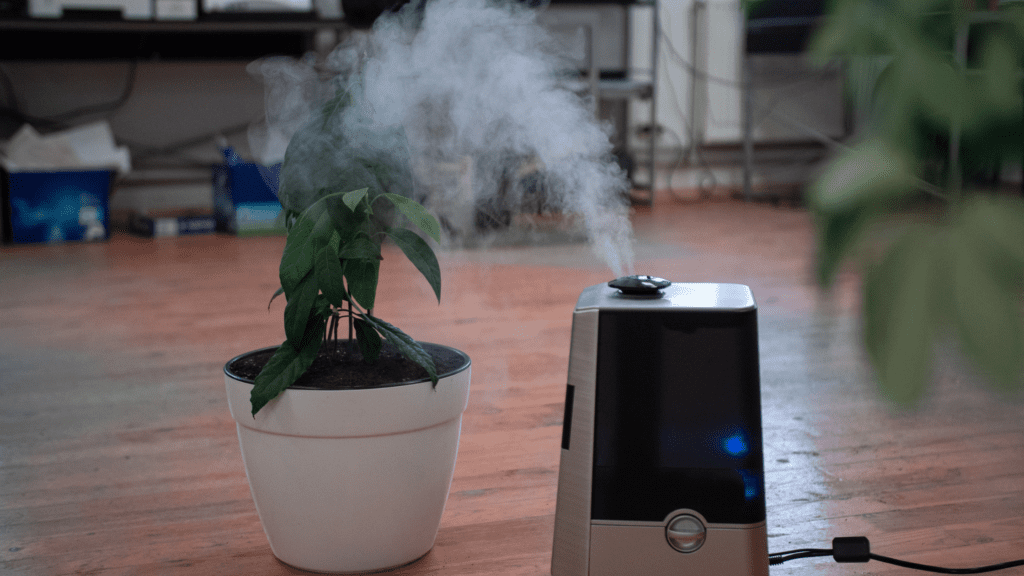Is a humidifier good for pneumonia
Pneumonia infection is a life-threatening disease. This lung infection is usually caused by harmful bacteria, flu viruses, or even arises as fungal infections. The type of pneumonia symptoms can vary from person to person. Also, contracting pneumonia depends on the person’s immune system. Thankfully we have antifungal medicine, the pneumococcal vaccine, and other measures to prevent pneumonia.
The common question is how is a humidifier good for pneumonia? And can a good humidifier do anything to prevent pneumonia or reduce pneumonia symptoms? In this article, we will answer if using a humidifier is good for pneumonia.
Can Humidifiers Help With Pneumonia?
A good humidifier has many benefits. It helps to add moist air to a low-humidity room and remove prevent the hazards that come with a low-humidity situation. Dry air affects several aspects of the respiratory system. Severe symptoms of asthma, symptoms of common cold, poor indoor air quality with an increase in dust mites, dry nasal passages, stuffy noses, dry skin, cracked lips, etc. Using a good humidifier will help to eliminate dry air and ease many of these above symptoms.
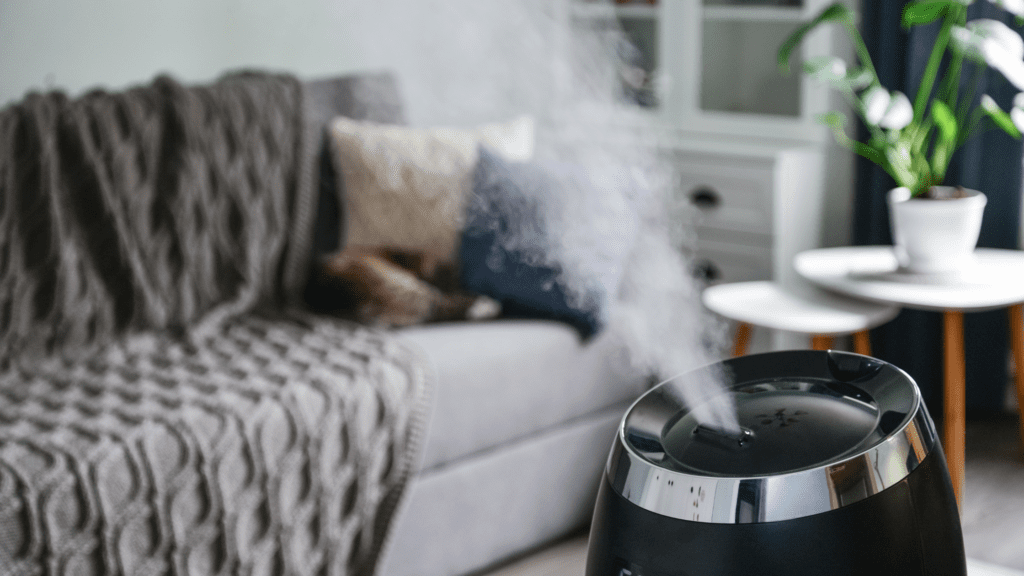
Many people who have pneumonia symptoms have reported that they find using humidifiers good for pneumonia weather. It definitely cannot cure bacterial pneumonia or viral pneumonia, but it certainly can ease the respiratory symptoms and pneumonia symptoms, or even other symptoms that arise from a low humid climate.
To know how is a humidifier good for pneumonia, let us keep reading.
What is pneumonia?

Pneumonia is a condition that affects the respiratory system. While there are many people who are affected by this respiratory infection, you must also know that it does not affect everybody. Those with weakened immune systems can develop pneumonia when they come in contact with a bacteria or virus that triggers the infection.
The infection is characterized by lung infection, inflamed air sacs within the lungs, and even fluid filling in them. A painful and stubborn cough that is sometimes filled with sputum that is green or even blood is the common symptom of the infection. Healing the respiratory tract and treating it with antibiotics to keep the lungs clear is how the treatment begins.
Some people even report walking pneumonia. Walking pneumonia symptoms are milder and the treatment is much more relaxed with walking pneumonia. Apart from getting infected by the bacteria or virus, many have reported contracting or experiencing triggers in pneumonia symptoms when the temperature suddenly drops, in the case of a cold shock, or when the temperature rose. Certain flu months are even designated as pneumonia weather. One must also be cautious when the weather suddenly changes.
By adding water vapor to the surrounding, as an effort to eliminate dry air, the humidifier will improve the indoor air quality, and keep away dust mites, and other allergens. The moist air and water vapor will also clear nasal passages, relieve pain in muscles, and reduce swelling of air sacs. When lungs are clear of congestion with improved indoor air quality and moist filled, clean air, it will eventually ease symptoms of pneumonia.
Breathing chills and common symptoms of the common cold, cough, and other respiratory conditions will also minimize. The overall well-being of the respiratory system can be assured with the consistent use of humidifiers. Remember, using a humidifier is good for pneumonia, but even a good humidifier is not the cure for the disease. You must have all the antibiotic medicine prescribed by the physician for a permanent cure.
Warm or cool-mist humidifier for pneumonia?
A warm mist humidifier and a cool mist humidifier have their own sets of pros and cons. For someone who is expecting to find relief from pneumonia by using a good humidifier must invest in a good ultrasonic humidifier. Patients have reported that they find humidifiers good relief and it is always important to exercise caution while using cool mist humidifiers.
Many factors come into play while using a cool mist humidifier. Using tap water instead of distilled or demineralized water in a cool mist humidifier can turn hazardous to respiratory tract health. Cool mist humidifiers are known to produce white dust that will settle on the unit and other parts of the room.
The white dust from a cool mist humidifier or even a warm mist humidifier is a result of the mineral deposits from the tap water. When you inhale particles that are hazardous to health, it will lead to poor respiratory conditions and aggravate any underlying serious health complications.
Pneumonia for one can become worse with high humidity and by inhaling white dust. Irrespective of what model or type of humidifier you have, it is best to use only distilled or demineralized water.
Best humidifier to use if you have pneumonia:
Finding the right humidifier to maintain the humidity level of the home is indeed a strenuous process with all the choices available in the market. But, we are here to make the process easy for you. Many users who find humidifiers good for relieving symptoms of pneumonia strongly recommend the following humidifier as the best unit to rely on- Everlasting Comfort Ultrasonic Cool Mist Humidifier.
The best aspect of the Everlasting Comfort Ultrasonic Cool Mist Humidifier is its large water tank capacity. The 1.6 L gallons water tank can cover an area of 500 square feet. It can operate up to 2 times longer than other humidifiers. This unit can run for 50 hours or up to 6 nights after a single refill of the water tank with distilled or demineralized water.
The 360-degree nozzle with fully adjustable settings is ideal to take control of the mist output across the room. The perfect whisper-quiet operation makes this the best choice for bedrooms, workspaces, and nurseries where a silent humidifier is a must for undisturbed humidification.
This unit is also a vaporizer humidifier, which means it has the provision to add essential oils in a separate oil tray. The claiming and relaxing aromatherapy is an added benefit to having the perfect ambiance in the room.
Are you interested in purchasing the Everlasting Comfort Ultrasonic Cool Mist Humidifier to relieve pneumonia symptoms? Visit Amazon.com to buy this unit at the best offer price.
Pros and Cons of Everlasting Comfort Ultrasonic Humidifier
- Highly efficient unit to eliminate dry air.
- Perfect choice to add moisture to dry air with its 360-degree nozzle and adjustable mist settings.
- Helps to relieve pneumonia symptoms, common cold, and other allergies by improving air quality, clearing nasal passages, protecting the respiratory system, and building up the immune system against the pneumonia weather.
How do you treat pneumonia at home:
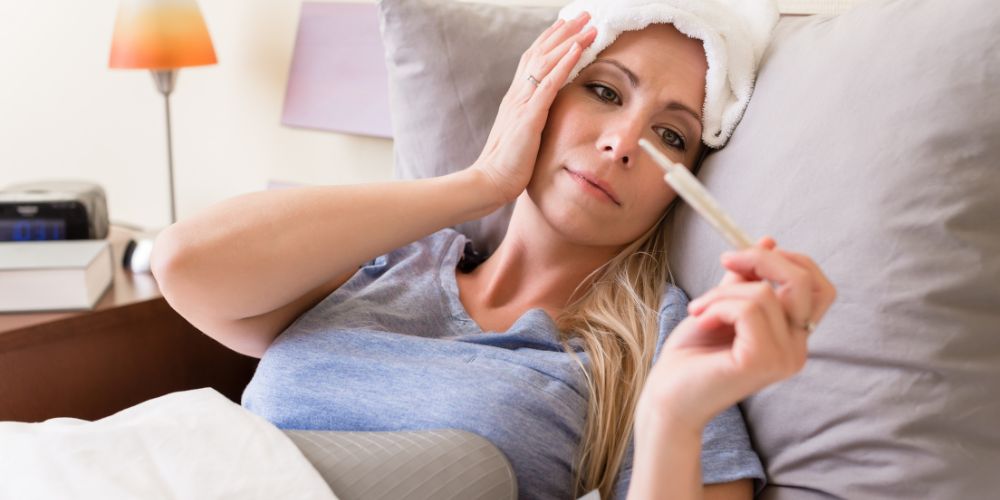

Pneumonia infection is a life-threatening condition that must be checked with a certified physician. There are measures to prevent pneumonia, like taking precautions to stay warm to have the humidity levels controlled when the temperature suddenly drops. But, you must check with the doctor before you start any treatment at home.
The Walking pneumonia symptoms might not be as severe as certain viral or bacterial pneumonia. For this, the doctor might advise you to rest at home with basic Vitamin C medication. In some cases of severe infection and admission might be necessary.
Antibiotics
The doctor will prescribe antibiotics to treat the infection which can be used at home. The antibiotics will help to reduce swelling in the air sacs and build resistance in the body. Finishing the complete course of the medication is important. A cough suppressant will also calm down the intense and painful coughing.
Vitamin C
The best way to build a weak immune system is with Vitamin C. With a healthy balanced diet with Vitamin C or with prescribed Vitamin C medication, the inflammation in the air sacs can be reduced. Vitamin C will boost the immune system for further prevention of the infection.
Yearly flu shot
As a preventive step against bacterial and viral pneumonia, you can take a flu shot once a year before the weather suddenly changes or the cold shock sets in. Vaccination against pneumococcal bacteria is an effective step.
Lifestyle
A healthy lifestyle is important to keep away not just this life-threatening respiratory infection but to also avoid other symptoms of infectious diseases. Daily hygiene, a healthy balanced diet, including a wide healthy range of vegetables and fruits in one’s diet, etc., are some measures to strengthen the immune system. Avoid smoking cigarettes and drinking alcohol to protect the respiratory system and overall health.
Humidifiers
If you use humidifiers to find relief from mild or severe symptoms, make sure that you keep the humidifier clean always. Sips of warm tea, having a warm bath, and drinking hot water will also provide relief from the symptoms.
FAQ Section
1. Is a humidifier good for pneumonia in dogs?
Yes, using a humidifier is good for pneumonia even in dogs. A humidifier or nebulizer can be used to lose the mucus built up in the throat and chest. Blocks in the nasal passage and throat can also be cleared by giving mild exercises where the dog might be able to cough out the mucus.
2. Is a vaporizer or humidifier better for pneumonia?
Both vaporizers and humidifiers have their own benefits. A vaporizer creates an ambiance of comfort with its warm mist and helps to moisten the nasal passage and any congestion in the chest. If you were to ask how is a humidifier good for pneumonia any differently, it is because it can also help you adjust the mist levels as required.
3. What are the first warning signs of pneumonia?
The common symptoms of pneumonia are persistent cough with greenish, yellow, or even bloody mucus, chest pain that can worsen with deep breaths or coughing, fever, sweating, chills, difficulty breathing and shortness of breath, loss of appetite, fatigue, and weight loss.
Reach out for medicinal help when these first warning signs emerge to treat the condition at the earliest.
4. How is pneumonia treated?
Pneumonia is treated with antibiotics (depending on the source of the infection), Vitamin C supplements, cough suppressants, and even clinical measures to clear the fluid accumulation in the lungs if required in severe cases.
Wrapping Up
With this, we have reached the end of the article. We trust your doubts are cleared on how is a humidifier good for pneumonia and how the unit helps to relieve symptoms of bacterial pneumonia, viral pneumonia, and walking pneumonia. Share with us your experiences with using humidifiers for easier breathing and which units are your favorites.








About The Author
Olivia — a self-confessed air quality addict — is a home climate enthusiast, fresh air advocate, and someone with deep personal experience and knowledge about mold extermination. Her work was mentioned in countless notable humidity publications. Previously she was an editor at Mold Remediation.
